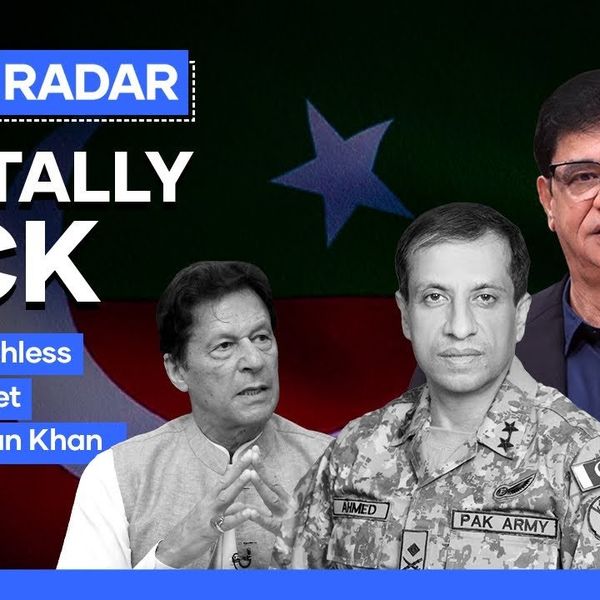Multiparty vs two-party systems: Which works better?
Americans feel constrained by limited electoral choices, but Pakistan's multi-party system shows democracy isn't always more inclusive

Laiba Zai
Producer, News Desk
Laiba is a multi-media journalist, passionate about American politics and digital rights. She has a degree in social sciences from IBA, Karachi.
Arab-American and Hispanic voters back Trump in 2024, dissatisfied with Biden’s policies
U.S. two-party system limits diversity, while Pakistan’s multi-party system fosters it but risks instability
Stability favors two-party systems; diversity thrives in multi-party setups
Voters are fed up of America's two-party tug-of-war. Tired of limited choices, this presidential election millions of minority group voters swung toward Trump. Notably, Arab-American and Hispanic voters, disillusioned by Biden's silence on issues like Gaza, played a pivotal role in Trump's victory.
What if the U.S. had more options, like in Pakistan? Voters here get a broader range of options—PML-N, PTI, PPP, plus local parties for specific interests.
Would more choices mean better representation, or just more chaos? We explain in this video.











Comments
See what people are discussing